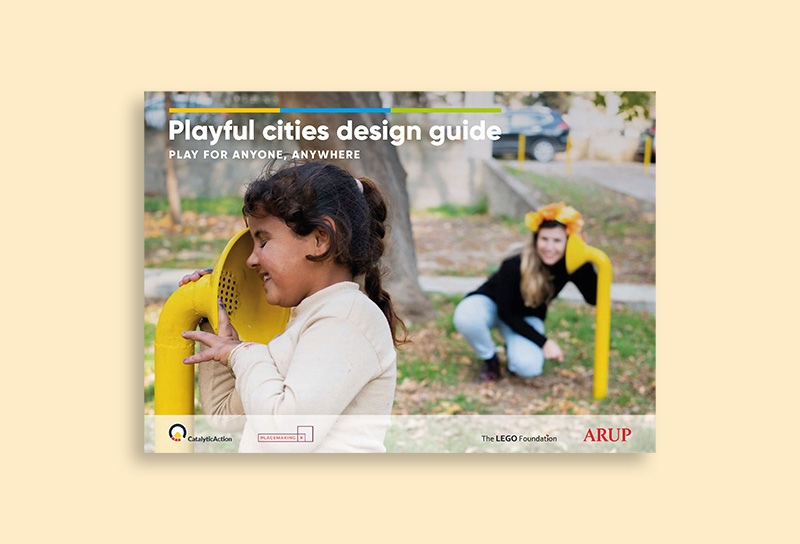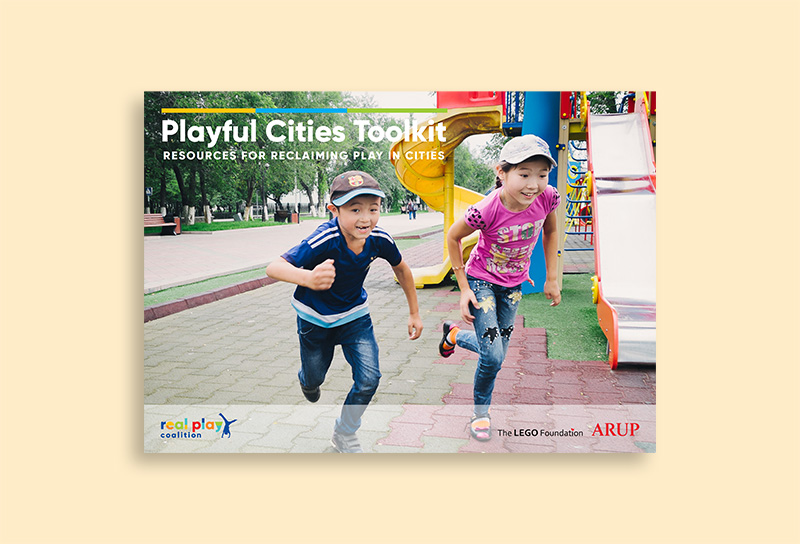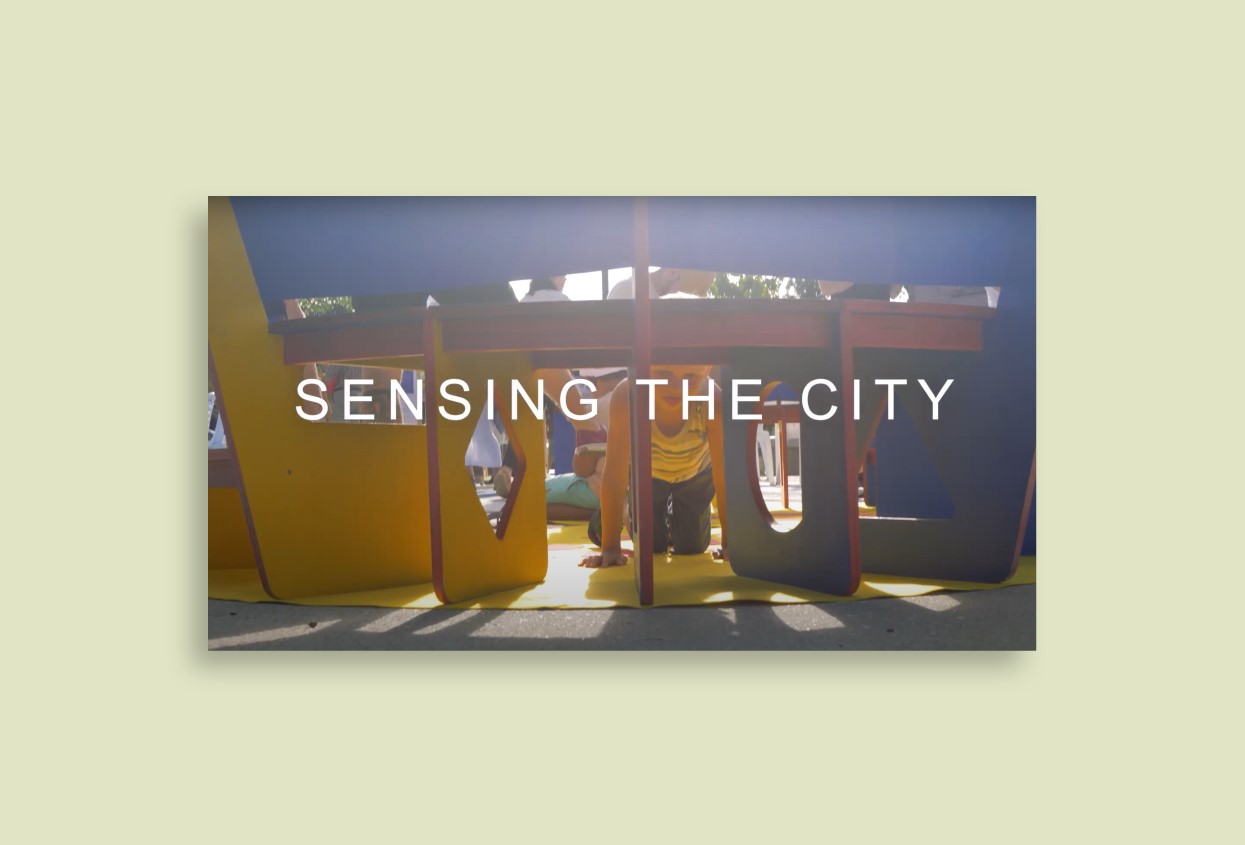
Overview
Okuplaza is an evidence-based planning approach developed by Ciudad Emergente that has been piloted in several cities across Latin America and the United States. The approach uses a tactical urbanism methodology that consists of short-term actions aimed at influencing long-term planning processes. By triggering processes of citizen participation and gathering urban data and indicators, the approach enriches decision-making in cities.
Location:
Santiago, Tocopilla, Antofagasta, Valparaíso (Chile), Danlí (Honduras), Ciudad de Panamá (Panamá), Washington DC (United States of America)
Organisation:
Ciudad Emergente
Beneficiary:
Children & local community
Scale of proximity:
Neighborhood and City
Built environment component:
Open spaces; underused squares
Design insights
Spatial/physical:
Temporary activation interventions in underused spaces, to trigger new alternative or new uses of public space.
Visual/Aesthetic:
Painting existing public space and introducing creative placemaking The implementation of some elements can involve the community and change the perception of space, such as painting the steps of a public stair, a hammock, table games for children and structures built with recycled materials, for example.
Material:
Light elements and temporary designs were used to activate spaces in the short term, with a low budget.
Technology:
Foldable structures allow for storage, reuse and future repurposing.
Process:
Citizen participation is the main element in the design and implementation processes of an Okuplaza. Early engagement aiming to ‘break the ice’; and generate trust and commitment, before discussing interventions but also during its implementation. This type of citizen participation enriches the co-design and co-development of the interventions, while also providing new tools to the communities to carry out their own projects.
Location:
Criteria for site selection includes underused spaces, so the intervention can trigger potential future definitive interventions. Okuplaza is able to adapt to a diverse range of cultural conditions.
Implementation insights
Tactical interventions are powerful means to activate urban public spaces. Creative placemaking to test out different uses of public spaces, giving the opportunity to influence city planning and enrich decision-making in cities.
The designer/practitioner’s role is shaping the design so that it connects with people’s needs and interests, but just as importantly articulating the connection between funders and local stakeholders.
Early involvement of both citizens and local authorities is essential for the successful development of the interventions



